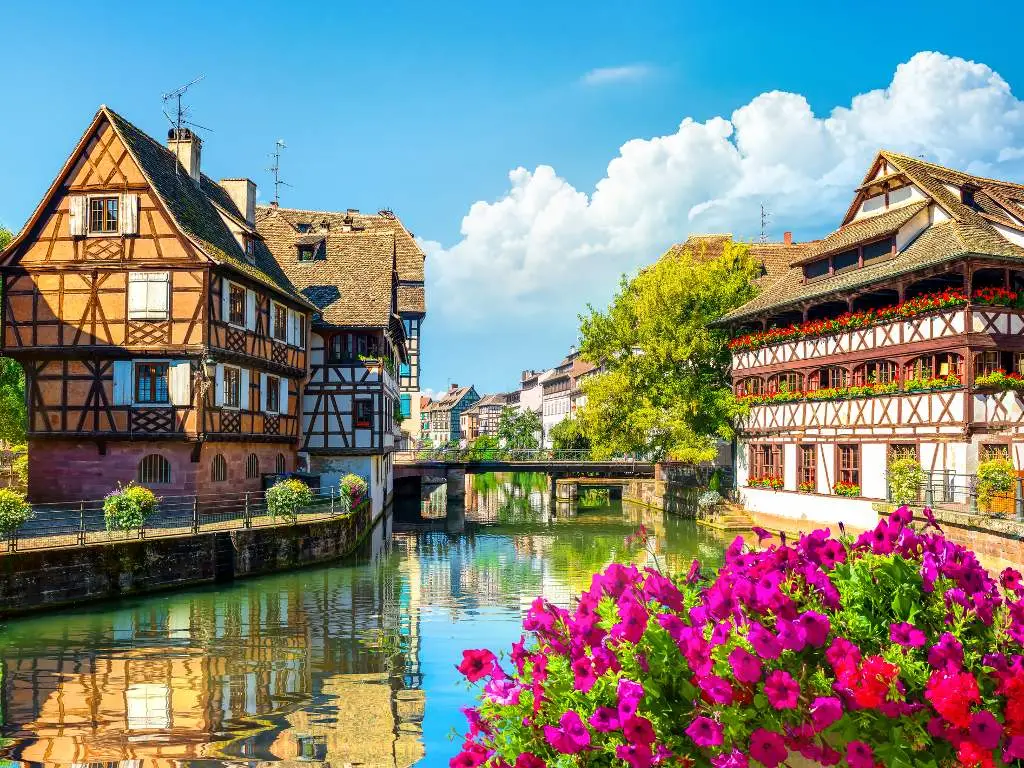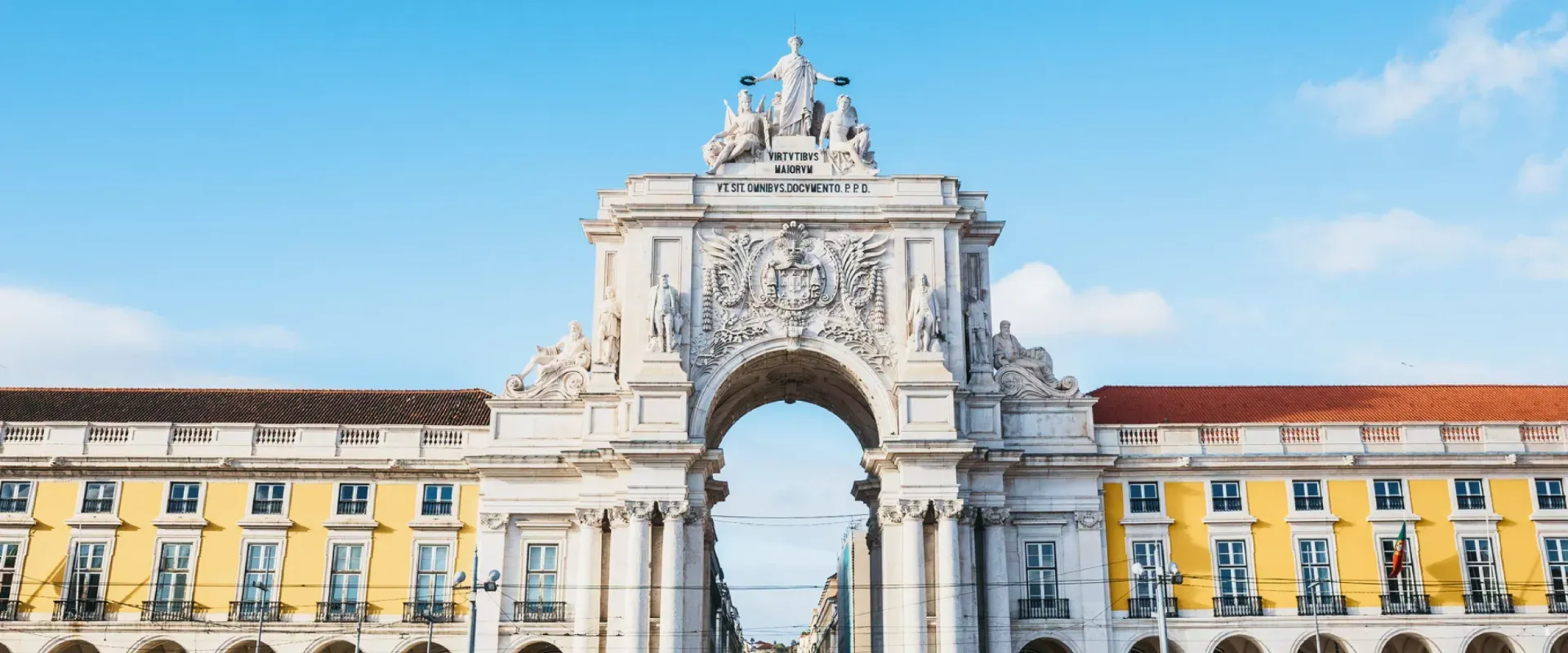
You Can Sleep With Bees in a Slovenian Apiary. Here’s How
In 2018, Teja Milharčič—a teacher who lives in Klenik, Slovenia—became ill. When doctors struggled to find a diagnosis, Teja sought out her own treatments that she hoped would help her heal in a more natural way. Scouring the web for a solution, she came across apiary therapy, or apitherapy: the use of bee products, like honey and pollen, for their healing properties. As Slovenia provides extensive resources on apitherapy, she and her husband, Aleš Jenko, decided to give building their own healing sanctuary a go.
Aleš drew up a plan and began building the apiary himself in the courtyard of the family home, introducing the hives of the first few bee colonies, which he’d purchased from a local beekeeper. While still under construction, Teja frequently used it as a relaxing shelter and slept countless nights there. “It calmed me down and significantly contributed to my recovery,” says Teja, who was eventually diagnosed with fibromyalgia and celiac disease.
The experience was so beneficial that she and her partner decided to open up their apiary to visitors who can spend the night in the company of the bees, enjoy their healing power, and learn about their importance.

Apitherapy worldwide
Apitherapy dates back about 6,000 years to ancient Egypt. Since then, bee products have been used by numerous cultures for medicinal purposes, from the ancient Greeks and Romans to modern Asian countries like Japan, China, and Korea.
Apitherapy didn't gain popularity in Slovenia until the late 19th century, when Dr. Filip Terč—a doctor of Czech descent living in the northeastern Slovenian city of Maribor—began experimenting with treating rheumatoid arthritis with bee stings. He's now considered the pioneer of modern apitherapy, and Maribor is planning to build an apitherapy center for Slovenian and international patients.
According to Boštjan Noč, president of the Slovenian Beekeepers Association (SBA), there are 12,000 beekeepers in Slovenia—meaning at least one out of every 200 people is a beekeeper—and they maintain around 200,000 bee colonies. While the worldwide bee population has been declining in recent decades, Slovenia's bee population has reached optimal numbers, largely thanks to the SBA, which was founded in 1873 to educate the public on beekeeping research and development on a national and international scale. In 2022, beekeeping in Slovenia was inscribed on UNESCO's representative list of the Intangible Cultural Heritage of Humanity.

Catching Zs with bees
A traditional Slovenian apiary is a small wooden house; the beehives are boxes placed so that the hive creates the house’s wall. Every hive has a door on the inside so the beekeeper can extract the comb and harvest the honey. On the outside of the wall, there's an opening through which the bees fly off to graze.
Decades ago, beekeepers began equipping the space with a chair or small sofa, where they could rest while inspecting the bees. “My grandfather used to say he was the happiest when he could visit the apiary after the Sunday mass and relax for half an hour,” says Andreja Stankovič, a fifth-generation beekeeper from Novo mesto in southeast Slovenia. “Back then, this wasn’t called apitherapy, but he knew it worked well for him, and he always had the key set in a known place so that the neighbors could enjoy it, too.” As apitherapy expanded, Slovenian beekeepers enlarged their apiaries to make them more comfortable and accessible for other visitors.
Take Teja’s apiary, for instance, which takes reservations year-round. It’s located on the edge of Klenik in southwest Slovenia, surrounded by meadows and groves. The upper floor has a double bed and a “relaxation corner,” as Teja calls it, equipped with a chair, pillows, and rugs—perfect for reading. The lower floor has a small bathroom with basic amenities and a kitchenette where you can prepare coffee and tea. Outside food isn’t allowed, as it attracts animals that can be harmful to the bees. The bed—placed above a handful of beehives—is one of the most special places in the apiary, as you can listen to the bees buzzing and even feel their vibrations. “You feel as if this bed has absorbed you, and you are completely surrounded by bees,” says Tjaša Medreda Stankovič, Andreja’s daughter, who argues that the sound and vibrations have a calming, destressing effect. Far from disturbing, the buzzing actually works as a natural sleeping pill—so don’t be surprised if you drift off quickly.

Benefits with a capital bee
Apitherapy on the whole is thought to aid in treating injuries and illnesses, such as arthritis, infections, and burns. In particular, inhaling air from beehives—rich in pollen, nectar, and propolis—is thought to strengthen the immune system, helping with allergy-related problems and chronic respiratory diseases like bronchitis and asthma, as well as acute ones.
To enhance your experience when staying in an apiary, you can breathe in the air from the beehives through a mask, which is attached to the hive by a tube. Tjaša says that whenever she suffers from a cold, she visits the apiary to speed up the healing process. For additional relaxation, many apiaries offer a honey massage, which gets set up inside the apiary and is performed by a qualified massage therapist and apitherapist.
Getting there
- Getting there: The only airport in Slovenia with international connections is Ljubljana Jože Pučnik Airport (LJU) near the capital, Ljubljana. As most apiaries are in rural areas and inaccessible via public transport, it’s recommended you rent a car to reach your accommodations. Some of the apiaries offering accommodations are listed on the official site of the Slovenian Beekeepers Association, while you can find others by Googling “apitherapy Slovenia.”
- Average Going price for flights to Slovenia: $525 roundtrip
How to do it
- Best time to go: Most apiaries are open to visitors from the end of April until early October; this is also when the local flora is in bloom. Note that in the winter, the bees need time to relax, so some apiaries will close to visitors so as not to disturb them.
- Cost: An apiary for two people starts around €120 per night; you can typically add breakfast with honey and local products for €8 per person.
- Tips and considerations: Since apiaries are known to help you destress—and because electronic devices disturb the bees—apiaries don’t have a television or wifi. Apiaries are not recommended for people with confirmed allergies to bee stings. Although the Carniolan honey bee, a species native to Slovenia and the only honey bee legally permitted in the country, is known for its docility, it can sting if it feels threatened. To help you avoid a negative experience, beekeepers will instruct you on how to behave around the bees.
More animal encounters around the world
Last updated May 15, 2024









